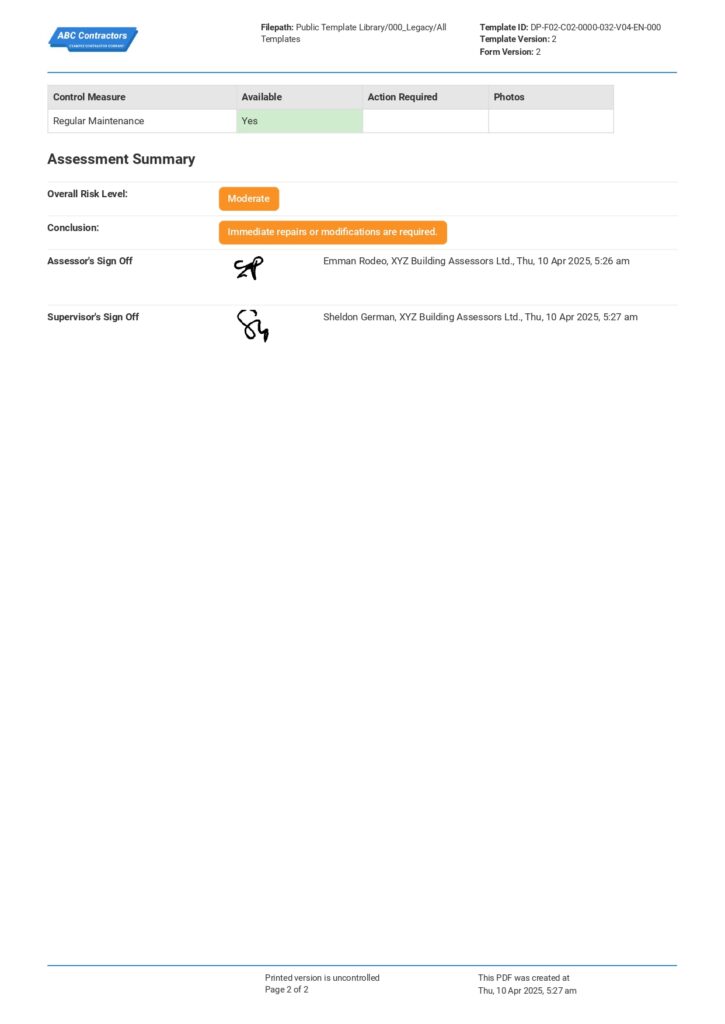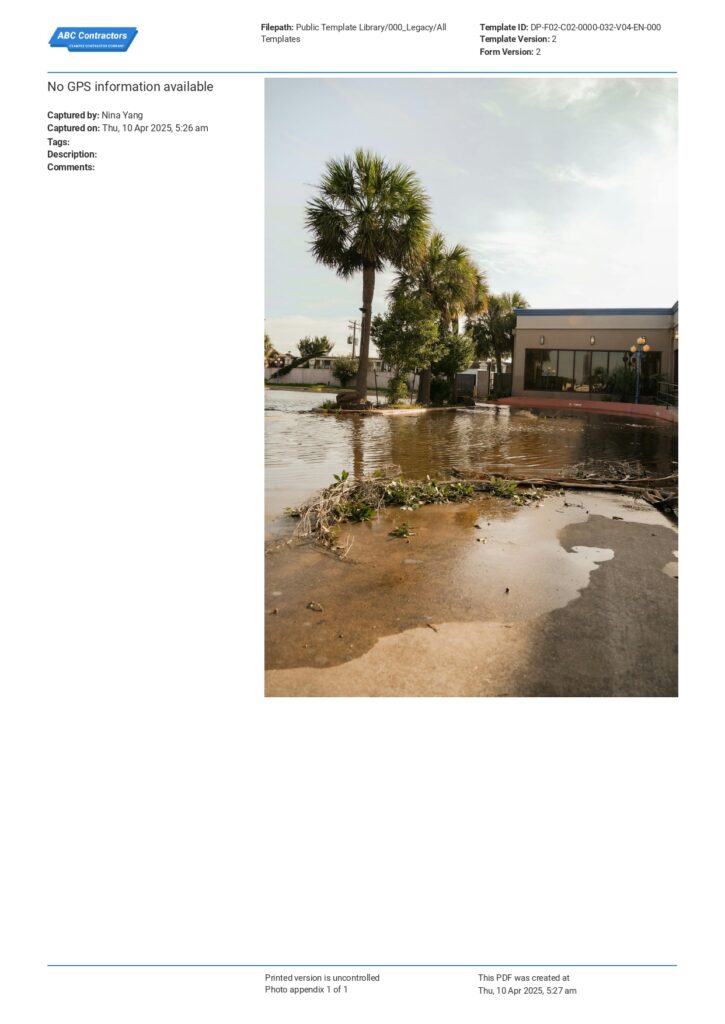Structural Risk Assessment Template
Start with a free 30-day trial. No credit card required.
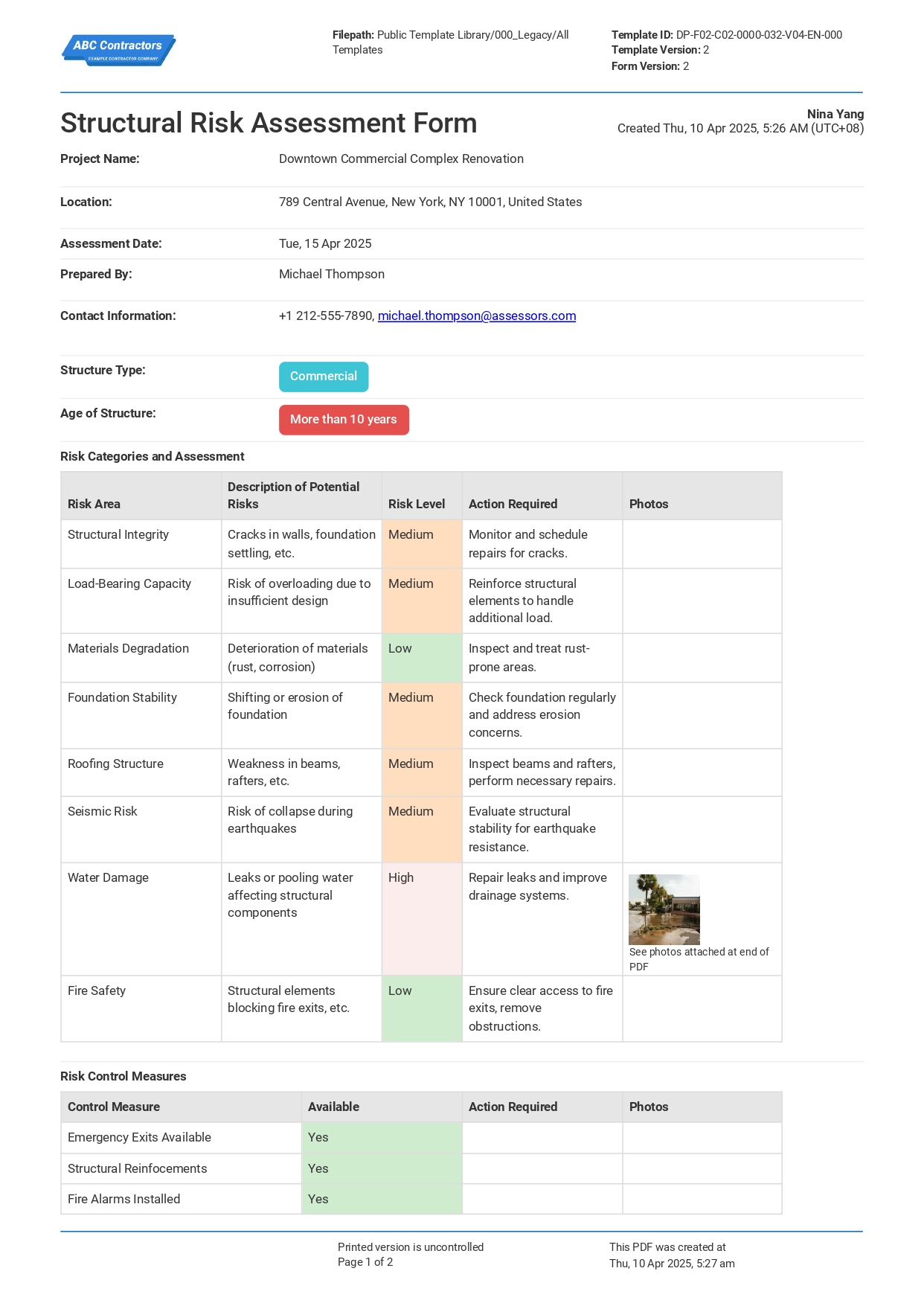
~200 employees
~20 employees
~25,000 employees
~40 employees
~10,000 employees
~1,500 employees
~35,000 employees
What is Structural Risk Assessment?
A risk assessment identifies the potential for harm or damage to a structure and the risk it is exposed to, considering the associated risks such as its age, wear and tear, or exposure to natural disaster, material degradation, and other conditions. It is used by professionals such as engineers, architects, and safety inspectors who are competent and experts in assessing structural risk. The form is categorized according to risk area, and it is assessed according to risk level (low, medium, or high). Most companies that evaluate the risk of a structure would require action, especially for identified high-risk areas.
Compare this smart form to paper-based forms, Word, Excel and PDF versions
Use this Structural Risk Assessment template for free.
Why is Structural Risk Assessment critical for building safety?
Structural risk assessment is essential to assure building safety for the building owners and occupants, helping them be better prepared for any impending construction accidents caused by poorly maintained structures or overlooked potential hazards. It ensures structures such as buildings, bridges, towers, or dams are free from any structural issues and comply with regulations. It’s a regular check for the peace of mind of the occupants or anyone that uses the structure as well.
Missing a safety check or risk assessment can lead to accidents and missing important information, such as the acceptable risk level for collapse, as demonstrated by the incident that happened with the Baltimore Bridge, where it was found that the acceptable risk level of a collapse was more than 30 times the acceptable limit, resulting in the death of 6 construction workers and prompting the need for proactive, regular risk assessments.
Structural risk assessments are not just for regular maintenance, which is usually done at least annually, but would also depend on the structure’s needs. They are also conducted for the purpose of life cycle management, considering age, usage, or environmental factors, and identifying the impact after a natural disaster, which is performed alongside damage assessment as part of disaster management.
How to assess structural risk according to risk level?
Risk level is the degree of potential hazard the structure is exposed to, and usually, it is determined according to the impact and likelihood of its occurrence. Assessing structural risk can be qualitative, as defined by the standards set by the inspecting body, or quantitative, which is based on numerical data from the assessment.
Usually, a structural risk assessment form has a qualitative assessment of risk level, and the competent inspector would rate the risk area as low, medium, or high risk. This is determined by inspection findings; for example, cracks in walls would indicate a medium risk level, and water leakage would signify a high risk for damage.
While it depends on the inspecting company, the level of risk can be described as below:
Low Risk – the findings are just minimal and can easily be mitigated through regular maintenance and fixed because it’s minor wear and tear or cracks in wall or in the roofs are not visible.
Medium Risk – the issues found just have the potential for failure and the signs are visible i.e. cracks, minor water leaks and early signs of degradation or weakness in beams.
High Risk – the risks are significant and can be a serious threat for structural safety such as severe water damage affecting structural components which calls for immediate repair and improvement.
All things considered, and quality standards are in placed it would be beneficial for structural engineers and inspectors to make use of a handy rick assessment form that is suited with their job steps in risk assessment.
Using a smartphone or tablet that allows you to simply choose from the drop down of the risk level, and easily create and modify any assessment form with its drag-and-drop system, quick sign off and the ability to attach photos or videos which is essential in for documentation and accurate reporting.
Best Practices
Structural Risk Assessments are an essential and reliable evaluation to maintain structural safety and integrity that involves defining judgement criteria, developing control measures, and reducing potential hazards. The following are considered best practices in conducting structural risk assessment:
• Require actions to be created immediately as soon as high risk, high severity structural issue is found
• Perform a thorough site investigation and inspection by identifying and predetermining risk areas that are high risk
• Implement a regular follow-up for actions that are recorded to be implemented to ensure it is addressed accordingly.
• Maintain detailed records and documentations that are easy to access and managed
• Improve efficiency in documentation by using a software to streamline structural risk assessment
All these practices ensure the assessment’s approach is proactive in nature but at the same time promote structural safety and reduce risks.
Other popular templates you can use and edit for free

Field Level Risk Assessment
Make it easy for your team to manage risks on site effortlessly.
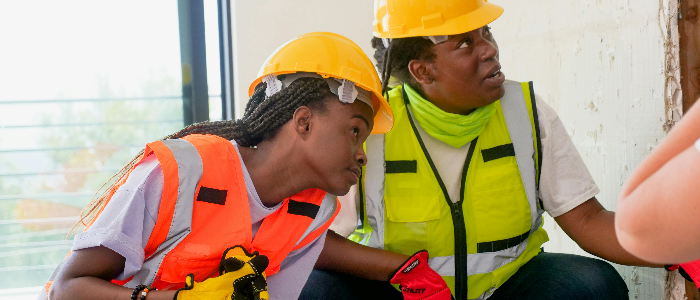
Construction Safety Plan
Pre-built to make hassle-free safety plan to ensure construction safety
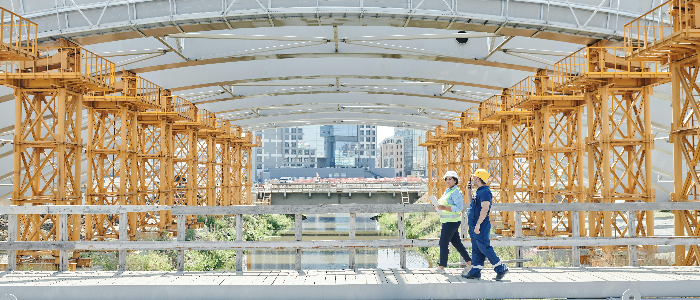
Site Inspection Report
Audit with ease with this straightforward reporting tool that ensures efficient and quality inspection.
This Risk Assessment Form was generated with Dashpivot software
Enjoy improved access, faster retrieval and more efficient setup with this safety management software perfect for compliance and reporting.
- Use and manage your Structural Risk Assessment Form from any device - mobile, tablet or computer.
- Export forms as perfectly formatted PDF documents with your company logo for reporting.
- Store and manage your Structural Risk Assessment Form securely online, where they can be searched and found in seconds.
- Invite internal and external parties to see, edit and sign off on form records.
Sitemate builds best-in-class software tools for built world companies.

